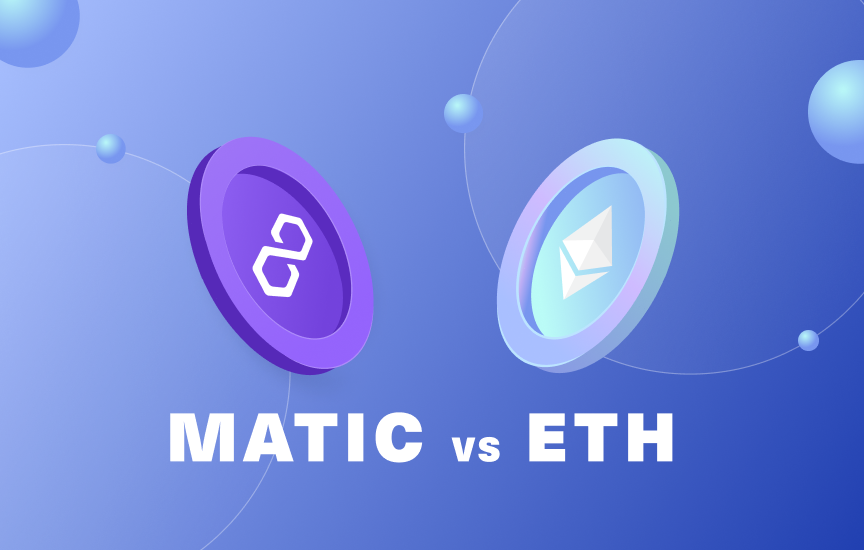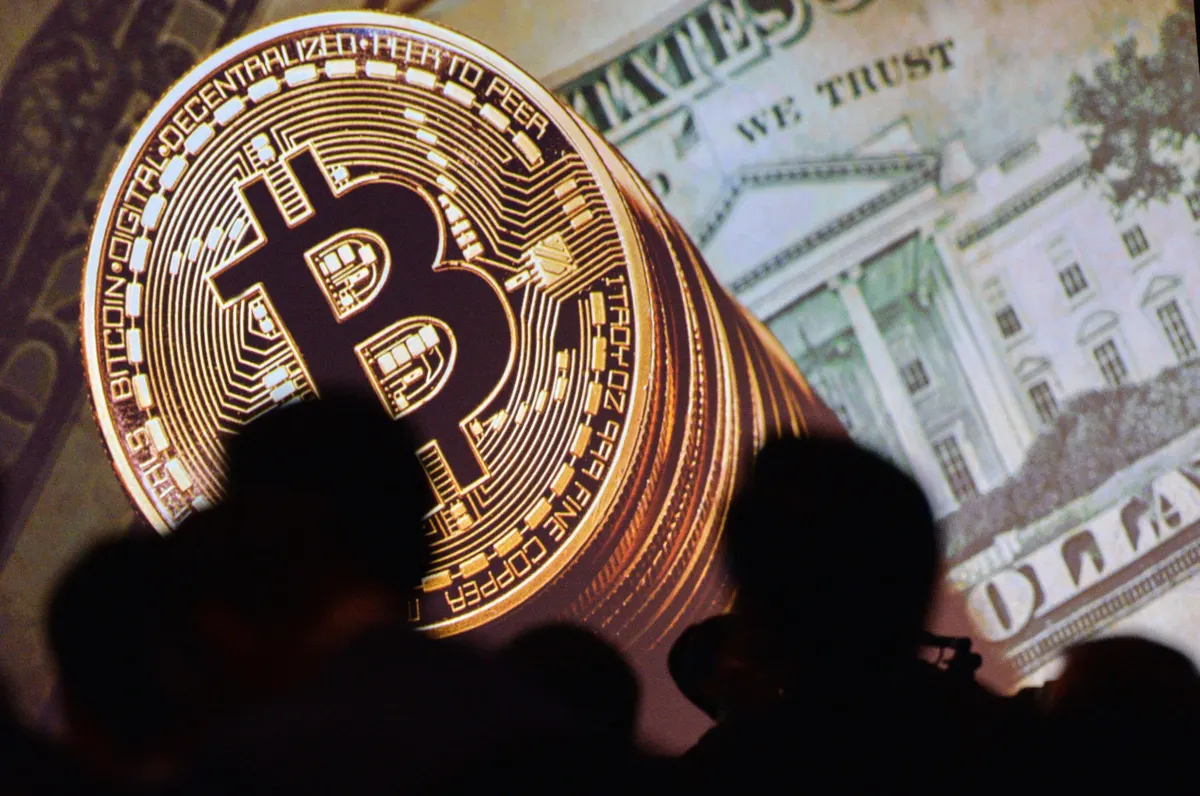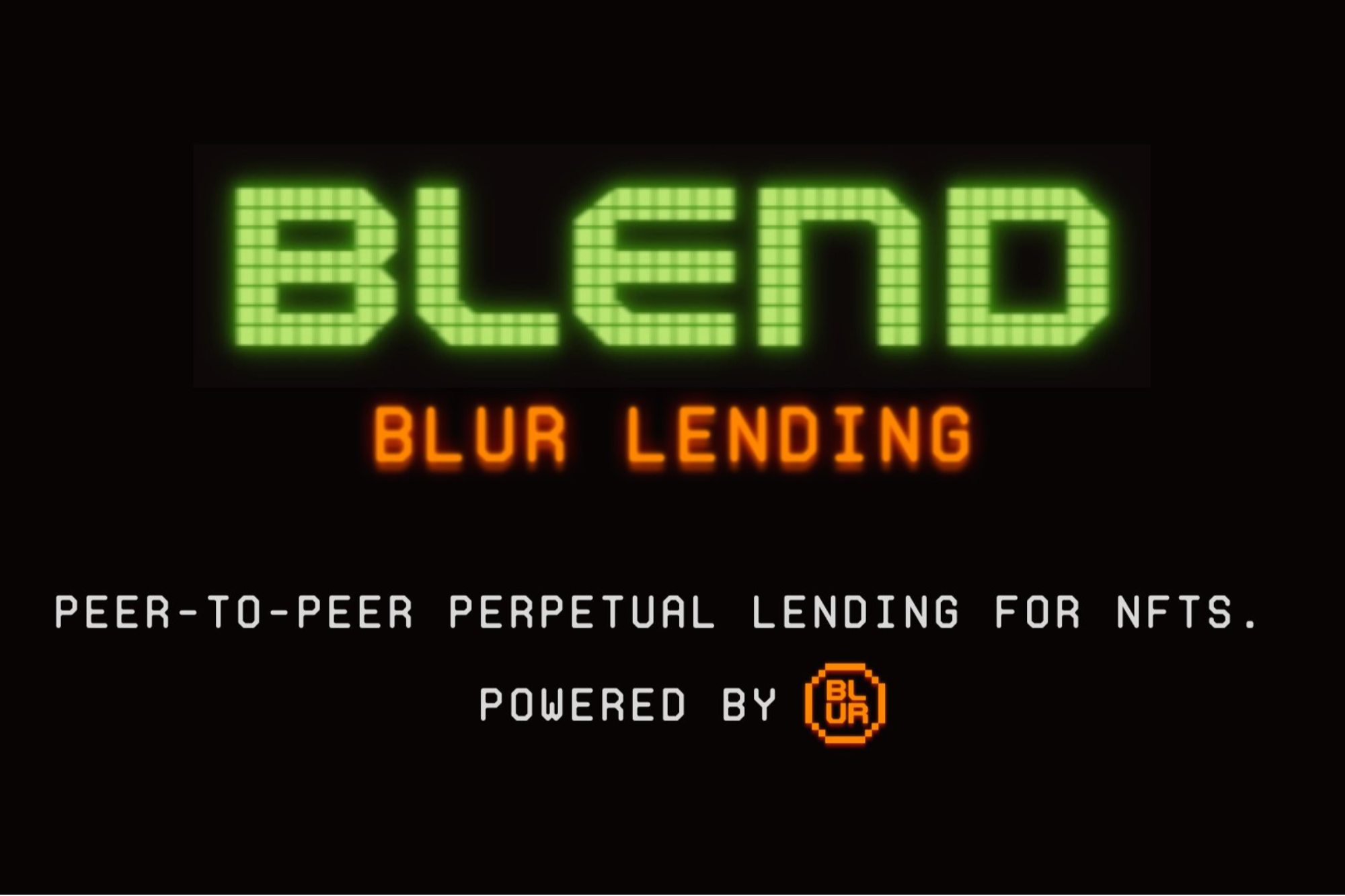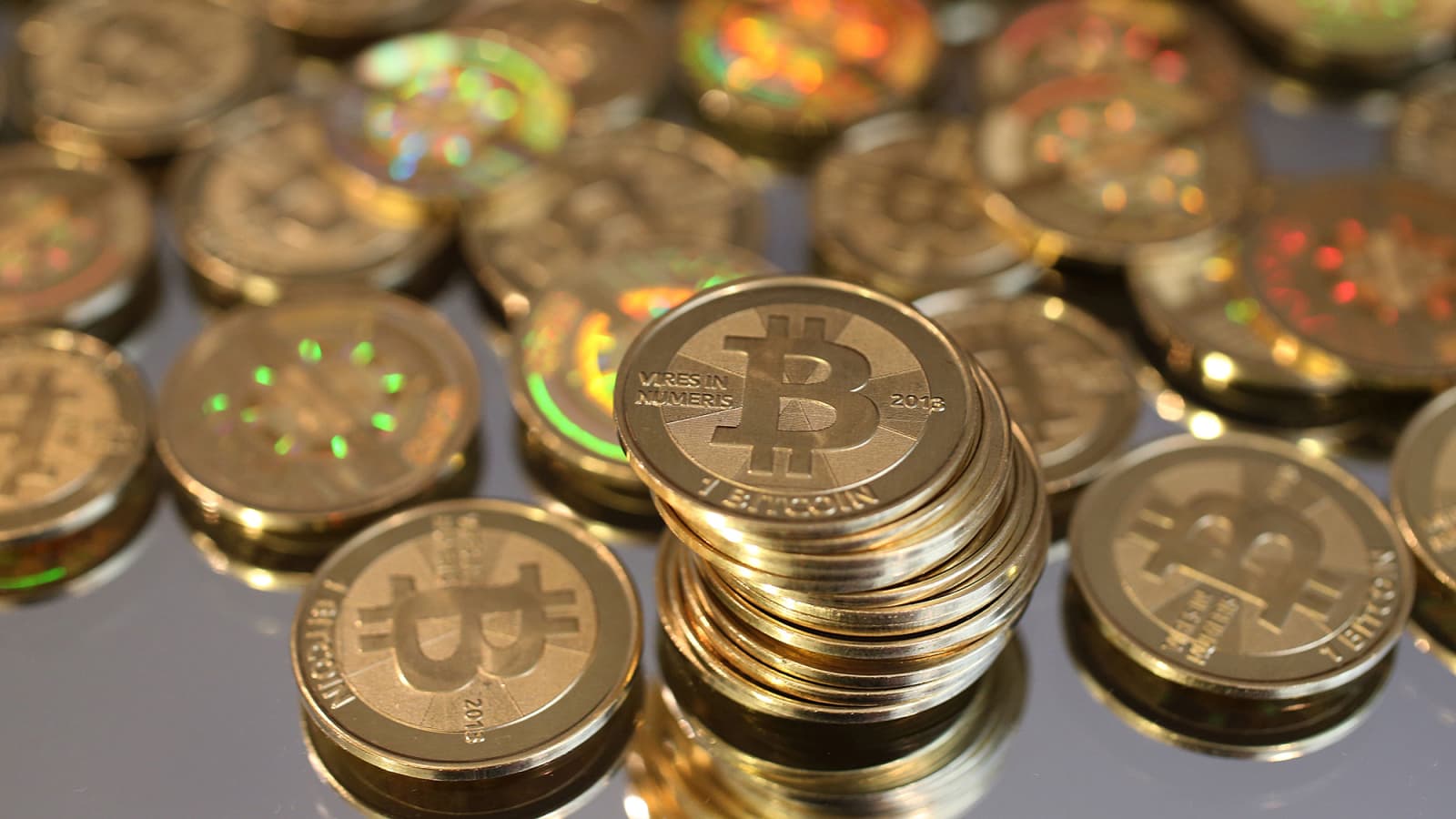Why the world's largest museum is embracing NFT technology
The Hermitage's embrace of NFT technology has been met with mixed reactions. Some people have praised the museum for being innovative
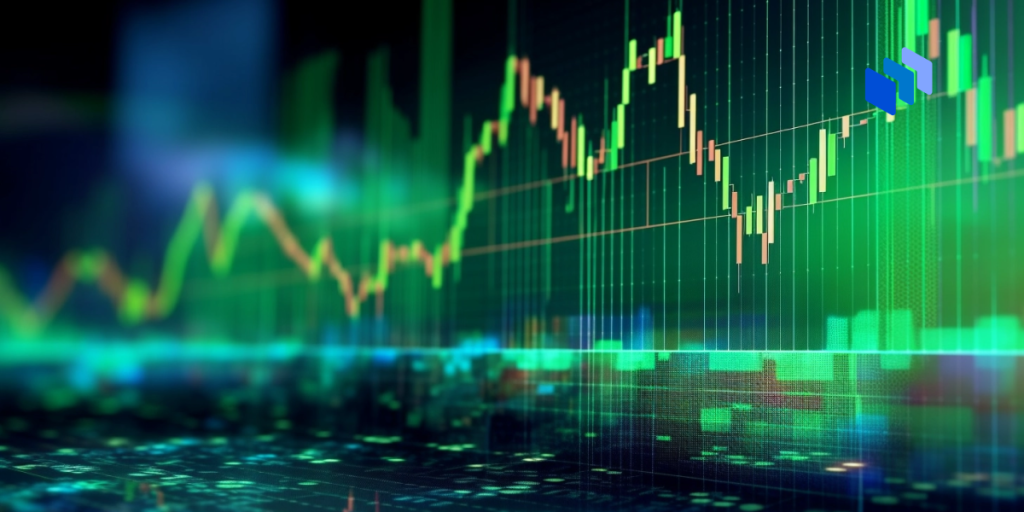
The State Hermitage Museum in Saint Petersburg Russia, is the largest museum in the world by gallery space, with around 3 million works of art. In recent years, the Hermitage has become one of the leading museums in the world to embrace NFT technology.
NFTs, or non-fungible tokens, are digital assets that are stored on a blockchain. NFTs can be used to represent ownership of unique items such as artwork, music, and videos.
The Hermitage has used NFTs in a number of ways, including:
- Selling digital reproductions of its most famous masterpieces as NFTs
- Creating an entirely digital exhibition of NFTs
- Developing a digital version of the museum that can be explored in the metaverse
The Hermitage's embrace of NFT technology has been met with mixed reactions. Some people have praised the museum for being innovative and forward-thinking, while others have criticized the museum for commercializing its collection and for contributing to the environmental impact of cryptocurrency mining.
Benefits of using NFTs for museums
There are a number of potential benefits for museums to use NFTs, including:
- Increased revenue: Museums can sell NFTs of their collections to generate revenue. This revenue can be used to support the museum's operations and to fund new acquisitions.
- New audiences: NFTs can help museums to reach new audiences. For example, NFTs can be sold to people who are interested in digital art or in the metaverse.
- Increased engagement: NFTs can help museums to engage visitors in new and innovative ways. For example, visitors can use NFTs to interact with digital exhibits or to collect virtual souvenirs.
- Preservation: NFTs can be used to create digital records of museum collections. These digital records can be used to preserve the museum's collection and to make it more accessible to people all over the world.
Challenges of using NFTs for museums
There are also a number of challenges that museums need to consider when using NFTs, including:
- Lack of awareness: Many people are not yet aware of NFTs or how they work. Museums need to educate the public about NFTs before they can expect to sell them.
- Environmental impact: The mining of cryptocurrencies, which are used to generate and trade NFTs, can be energy-intensive. Museums need to develop NFT projects that are environmentally sustainable.
- Intellectual property rights: Museums need to ensure that they have the intellectual property rights to the works of art that they sell as NFTs.
- Ethical considerations: Museums need to be careful not to commercialize their collections in a way that is disrespectful to the artists and cultures that they represent.
The Hermitage's approach to NFTs
The Hermitage has been careful to address the challenges of using NFTs. For example, the museum has developed a set of guidelines for creating and selling NFTs of its collection. These guidelines ensure that NFTs are sold in a way that is respectful to the museum's collection and to the artists and cultures that it represents.
The Hermitage has also taken steps to mitigate the environmental impact of its NFT projects. For example, the museum has partnered with a company that uses renewable energy to power its cryptocurrency mining operations.
The use of NFTs by museums is still in its early stages, but it has the potential to revolutionize the way that museums operate and engage with the public. The Hermitage's embrace of NFT technology is a sign that leading museums are serious about exploring the potential of this new technology.
Additional thoughts
The Hermitage's embrace of NFT technology is significant for a number of reasons. First, it shows that even the world's largest and most prestigious museums are willing to experiment with new technologies. Second, it suggests that NFTs have the potential to become a mainstream tool for museums to engage with the public and generate revenue. Third, it raises important questions about the ethical and environmental implications of using NFTs.
It will be interesting to see how the Hermitage's NFT projects develop and how other museums respond to the Hermitage's lead. It is also important to continue to monitor the environmental impact of NFTs and to develop guidelines for using NFTs in a way that is ethical and respectful of artists and cultures.
What's Your Reaction?








